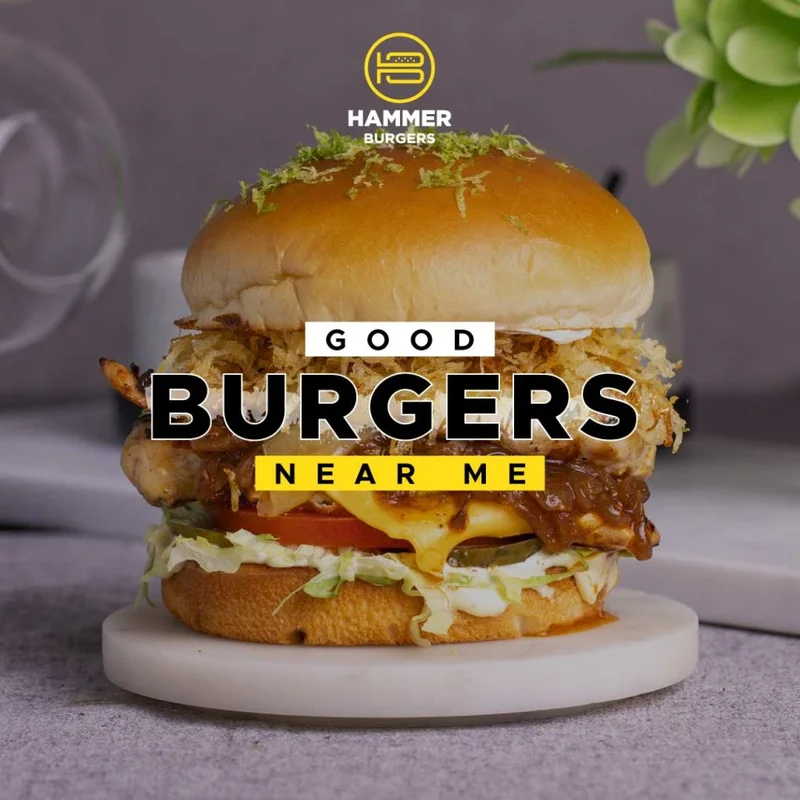The first warm day of spring—or more accurately, the first Saturday that breaks 65°F—triggers a predictable, almost Pavlovian, set of cultural rituals. The lawnmowers emerge from hibernation, the hardware stores display bags of charcoal like prized jewels, and the air fills with the unmistakable scent of grilling. For decades, this has been the accepted, even celebrated, method for cooking the great American burger. It’s a narrative reinforced by a constant barrage of food media content, all promising the secret to the perfect "smoky" patty.
Then, an analyst enters the system and questions the foundational premise. In this case, the analyst is restaurateur David Chang, founder of Momofuku, who has a simple, almost heretical thesis: you should never grill a burger.
On his podcast, "The Dave Chang Show," he dismantled this sacred cow with the dispassionate logic of someone reviewing a flawed financial model. He argues that the two core assumptions undergirding the pro-grilling argument are fundamentally unsound. This isn't just a contrarian food take, as detailed in Why David Chang Believes Burgers Should Never Touch The Grill; it’s a fascinating case study in how a powerful narrative can overwrite basic principles of physics and chemistry.
Deconstructing the "Smoky Flavor" Variable
Chang’s first point of attack is the myth of "smoky flavor." The marketing narrative sold by grill manufacturers and reinforced by tradition is that the fire and smoke impart a unique, desirable essence into the meat. It’s an appealing, romantic notion. It is also, according to Chang, almost entirely false.
His logic is based on a simple variable: time. To impart genuine smoke flavor into meat requires a long exposure period at low temperatures, a process that can take hours—or as he puts it, an entire day. A burger, by contrast, is a high-heat, short-duration event. It cooks in minutes (often at temperatures exceeding 500°F). The patty simply isn't on the heat long enough for any meaningful smoke penetration to occur before it becomes, in his words, "carbonized into coal dust."
Claiming a grilled burger is "smoky" is like arguing you can get a deep, rich suntan by sprinting through a sunbeam. The mechanism and the exposure time are fundamentally mismatched for the advertised result.

This leads to a critical question: If the flavor people prize isn't coming from the wood or the charcoal smoke, where is it actually coming from? Chang’s answer is far less appetizing than the marketing copy would have you believe.
The Carbonized Residue Hypothesis
This is where Chang’s analysis moves from simple physics to a more provocative, almost forensic, critique. He posits that the flavor people identify as "grill flavor" is nothing more than the taste of burning, aerosolized residue left on the grates. "The only flavor that's being imparted is the carbonized crap that's on the grill," he stated. "The stuff that hasn't been scraped off from the iron brush."
You can almost hear the collective gasp from backyard pitmasters everywhere. The sound of a wire brush scraping frantically against hot metal is the percussive soundtrack to every summer cookout. But Chang reframes that sound not as preparation, but as a futile attempt to remove the very contaminant that will define the meal's taste.
I've analyzed hundreds of industrial processes, and if a key input in a production line was identified as "un-scraped, carbonized residue from previous runs," it would be flagged as a critical quality control failure. Yet, in cooking, we've somehow rebranded this contaminant as a feature. It's an extraordinary bit of collective cognitive dissonance.
To be clear, the desirable flavor in a well-cooked burger comes from the Maillard reaction—the complex chemical browning process that occurs when amino acids and sugars react to heat. That’s what creates the savory crust on a great steak or a smash burger. Chang’s argument isn't against char or browning; it’s a methodological critique of the delivery system. He’s suggesting that the grill is an inefficient and dirty tool for achieving this reaction, introducing undesirable flavors from the burnt detritus of cookouts past.
So, has the entire, multi-billion dollar grilling industry been built on a foundation of misattributed flavor? And more importantly, how did a belief so seemingly disconnected from the physical reality become an unassailable piece of American culinary dogma?
The Sizzle vs. The Steak
David Chang’s argument is less about culinary technique than it is a perfect illustration of a marketing triumph. The "grill" isn't selling a superior cooking method; it's selling an experience. It’s a narrative device packaged in steel, a prop for a story about summer, community, and tradition. The sizzle of the fat hitting the flame and the plume of smoke are powerful sensory cues that we’ve been conditioned to associate with good food and good times. The actual flavor contribution is almost secondary to the power of the ritual. Chang is simply applying first-principles thinking to a domain governed by emotion, and the numbers—or in this case, the physics—support his conclusion. The real story isn't about the burger; it's about the profound and often illogical gap between what we are sold and what we are actually tasting.

